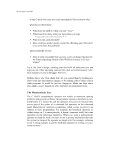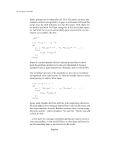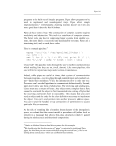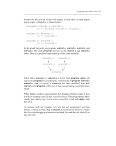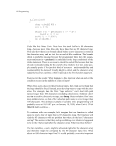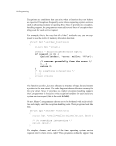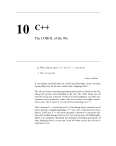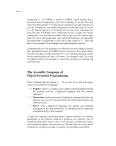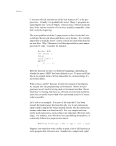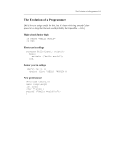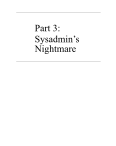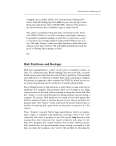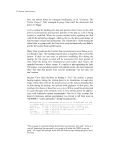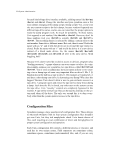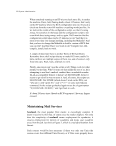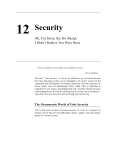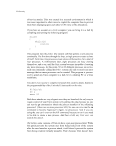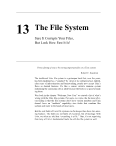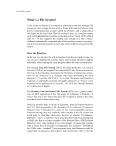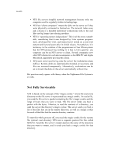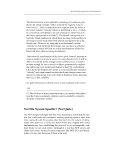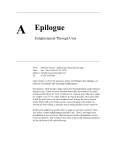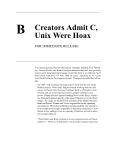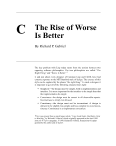314 The Rise of Worse Is Better compiler, and it requires the programmer to write text that is easy for the compiler to interpret. Some have called C a fancy assembly language. Both early Unix and C compilers had simple structures, are easy to port, require few machine resources to run, and provide about 50% to 80% of what you want from an operating system and programming language. Half the computers that exist at any point are worse than median (smaller or slower). Unix and C work fine on them. The worse-is-better philosophy means that implementation simplicity has highest priority, which means Unix and C are easy to port on such machines. Therefore, one expects that if the 50% functionality Unix and C support is satisfactory, they will start to appear everywhere. And they have, haven’t they? Unix and C are the ultimate computer viruses. A further benefit of the worse-is-better philosophy is that the programmer is conditioned to sacrifice some safety, convenience, and hassle to get good performance and modest resource use. Programs written using the New Jersey approach will work well in both small machines and large ones, and the code will be portable because it is written on top of a virus. It is important to remember that the initial virus has to be basically good. If so, the viral spread is assured as long as it is portable. Once the virus has spread, there will be pressure to improve it, possibly by increasing its func- tionality closer to 90%, but users have already been conditioned to accept worse than the right thing. Therefore, the worse-is-better software first will gain acceptance, second will condition its users to expect less, and third will be improved to a point that is almost the right thing. In concrete terms, even though Lisp compilers in 1987 were about as good as C compilers, there are many more compiler experts who want to make C compilers bet- ter than want to make Lisp compilers better. The good news is that in 1995 we will have a good operating system and programming language the bad news is that they will be Unix and C++. There is a final benefit to worse-is-better. Because a New Jersey language and system are not really powerful enough to build complex monolithic software, large systems must be designed to reuse components. Therefore, a tradition of integration springs up. How does the right thing stack up? There are two basic scenarios: the “big complex system scenario” and the “diamond-like jewel” scenario. The “big complex system” scenario goes like this:
315 First, the right thing needs to be designed. Then its implementation needs to be designed. Finally it is implemented. Because it is the right thing, it has nearly 100% of desired functionality, and implementation simplicity was never a concern so it takes a long time to implement. It is large and complex. It requires complex tools to use properly. The last 20% takes 80% of the effort, and so the right thing takes a long time to get out, and it only runs satisfactorily on the most sophisticated hardware. The “diamond-like jewel” scenario goes like this: The right thing takes forever to design, but it is quite small at every point along the way. To implement it to run fast is either impossible or beyond the capabilities of most implementors. The two scenarios correspond to Common Lisp and Scheme. The first sce- nario is also the scenario for classic artificial intelligence software. The right thing is frequently a monolithic piece of software, but for no rea- son other than that the right thing is often designed monolithically. That is, this characteristic is a happenstance. The lesson to be learned from this is that it is often undesirable to go for the right thing first. It is better to get half of the right thing available so that it spreads like a virus. Once people are hooked on it, take the time to improve it to 90% of the right thing. A wrong lesson is to take the parable literally and to conclude that C is the right vehicle for AI software. The 50% solution has to be basically right, but in this case it isn’t.





























































































































































































